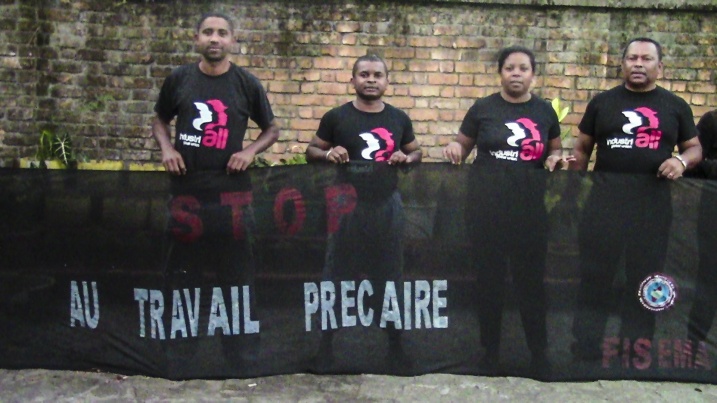On the occasion of the Rio Tinto AGM on Thursday, 14 April 2016 in London, Re:Common and the World Rainforest Movement released a report titled: “Rio Tinto’s biodiversity offset in Madagascar: Double landgrab in the name of biodiversity?”

In recent years mining companies have become actively engaged in promoting “biodiversity offsetting” as a way of “greening” the mining sector. The claim is that biodiversity destruction in one place can be “compensated” through the promise of restoring or protecting biodiversity elsewhere. One offset project in particular, the Rio Tinto QMM biodiversity offset in the Anosy region of south-eastern Madagascar, has been widely advertised as a biodiversity offset model for the mining industry.
Rio Tinto and its partners from the conservation sector assert that the company’s biodiversity conservation strategy will not only compensate for biodiversity loss but that mining will even have a “Net Positive Impact” on biodiversity in the end.
However, a joint Re:Common and WRM field investigation in 2015 found that the reality appears different from the picture presented in the glossy brochures distributed internationally. The groups insist that little information has been made available to communities about what biodiversity offsets projects actually are and villagers had not been informed that what had been presented to them as a “conservation project” was actually designed to compensate for Rio Tinto QMM’s ilmenite mine destroying unique and rare littoral forest near the city of Fort Dauphin, some 50 km to the south of the Bemangidy-Ivohibe biodiversity offset site.
Luca Manes of Re:Common declared in a statement: “Villagers at this biodiversity offset site felt that restrictions had been imposed without negotiation and with little regard for their situation. Their subsistence livelihoods are made even more precarious so Rio Tinto can increase its profits. A meeting with a conservation NGO involved in implementation of the biodiversity offset revealed that ethically deplorable methods have been used to ensure compliance with these restrictions on forest use.
“Income-generating alternatives to alleviate the loss of access to the forest had been promised but have yet to materialise while severe restrictions on community forest use are already in place and the only place left for villagers to grow their staple food, maonic, are the sand dunes.”
An affected villager was quoted as saying: “We are really suffering now because we had to stop cultivating there. We moved our cultivation into the dunes, but it’s so sandy there that growing anything is difficult. Plus they took our land and did not even compensate us. They said they would, but they never did. They provided micro-credit projects to maybe 10 people, with 60,000 Ariary (18 euros) each, but this is nothing to make a sustainable project.”
